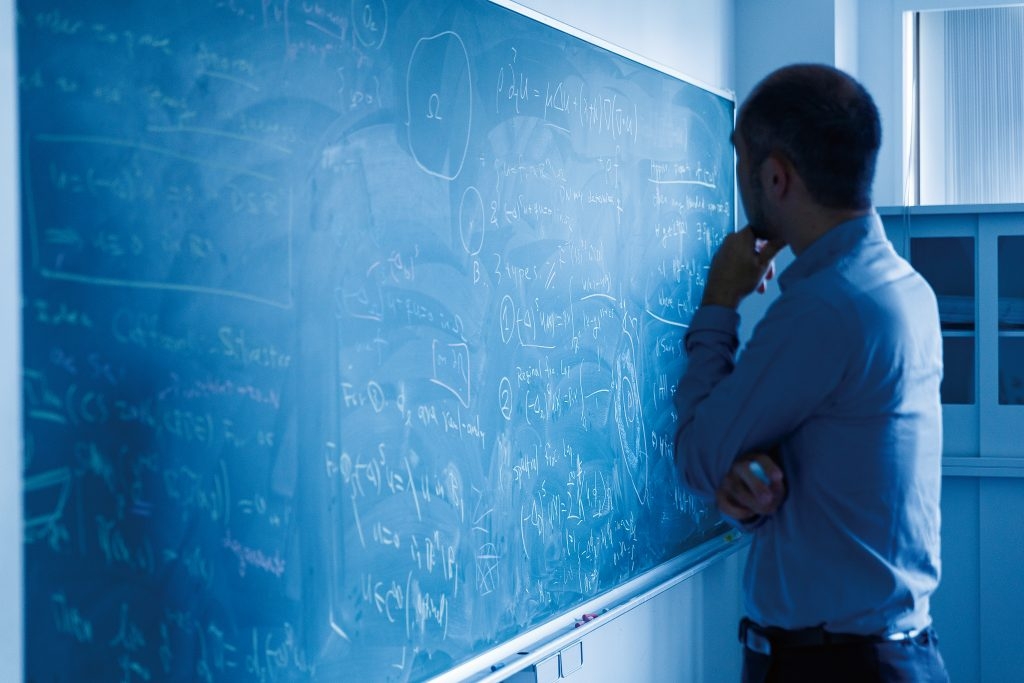Japan is known as a land of earthquakes, and a truly immense number of earthquakes are recorded here, from small tremors undetectable by humans to massive quakes that cause damage over a wide area. In order to address the natural phenomenon of earthquakes, it is essential that we understand the mechanisms of earthquakes.
Members of Professor Hiromichi Itou’s laboratory are working on a “mathematical analysis of destructive phenomena” that seeks to develop a mathematical understanding of earthquake-caused destructive phenomena.
In recent years, these researchers have turned to partial differential equations to analyze the relationship between the parameters responsible for determining seismic wave speed and, thereby, gain a better understanding of earthquake-caused fault slippage, as well as how cracks in the fault spread. At the same time, they are switching perspectives and using recorded seismic wave data to investigate how faults move.
“Destructive phenomena” are dynamic phenomena which involve the propagation of cracks after a load is applied to an object, but, as yet, no one has developed equations for exactly expressing how cracks propagate. Partial differential equations are suited to the consideration in smooth regions, but using them to analyze in regions which include cracks and complex shapes is difficult.
Professor Hiromichi Itou has spent many years in basic research on this subject. His research has borne fruit in recent years in the form of a paper co-authored with a seismologist and published in a professional journal that sheds light on the direction that future research should take.

One aspect of mathematics is its applicability as a tool for analyzing phenomena that occur all around us. Recent years have seen a surge in applied mathematical research aimed at just that.
It is in the context of more comprehensive observational networks and powerful computing resources that the members of Professor Hiromichi Itou’s laboratory are seeking to apply mathematics to the growing body of empirical assumptions being developed in earthquake research by providing support for theoretical explanations of earthquake mechanisms.
“I want to use mathematics to analyze the insights we have developed over the course of history, to analyze the phenomena we see right in front of our eyes,” explains Professor Hiromichi Itou. In his laboratory, the research themes are tailored to student interest, such as studying the physical background of various differential equations and investigating basic theories for the purpose of elucidation of phenomena.
It is likely that some day this research will provide us with a mathematical understanding of destructive earthquake phenomena and, thereby, contribute to our ability to predict and mitigate these disasters. There is a great deal of expectation surrounding Professor Hiromichi Itou’s laboratory and how it will help us in building safe, lasting and sustainable cities.
■ Main research content